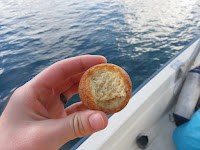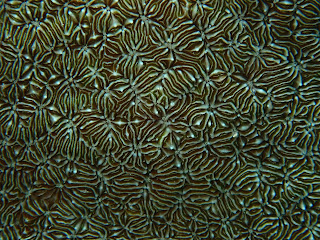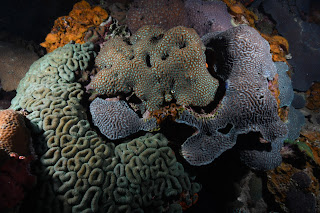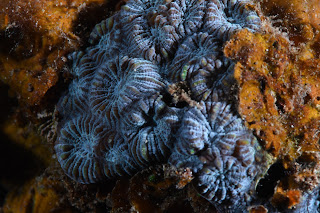Strawberry milkshake: part 2

My last night in Palau, Cas insisted we go to Bem Ermii. It's the food truck across the bridge in Airai that serves burgers, fries, and milkshakes. He needed a strawberry milkshake , he said, to make sure we got more spawning. After working in the ocean for the last 12 years and monitoring coral spawning over the last month, I have to admit that I understand why sailors are stereotypically so superstitious. Events seem so random sometimes, you try everything you can to gain control. Strawberry milkshake it was. Maikani "Selfie Queen" Andres got all four of us and the sunset in a single image. We ate our dinner on the dock and watched the sunset - that was Maikani's idea. It was beautiful. Not just the sunset, but sitting on a boat trailer with my team, passing around the squeeze bottle of mayonnaise, eating in relative silence, just enjoying each other's company and the natural world around us. I needed that time to zoom out and appreciate the moment. It feels

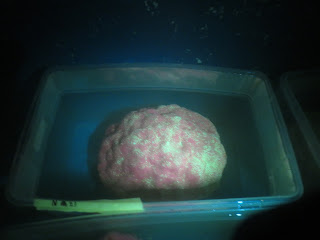
.png)




